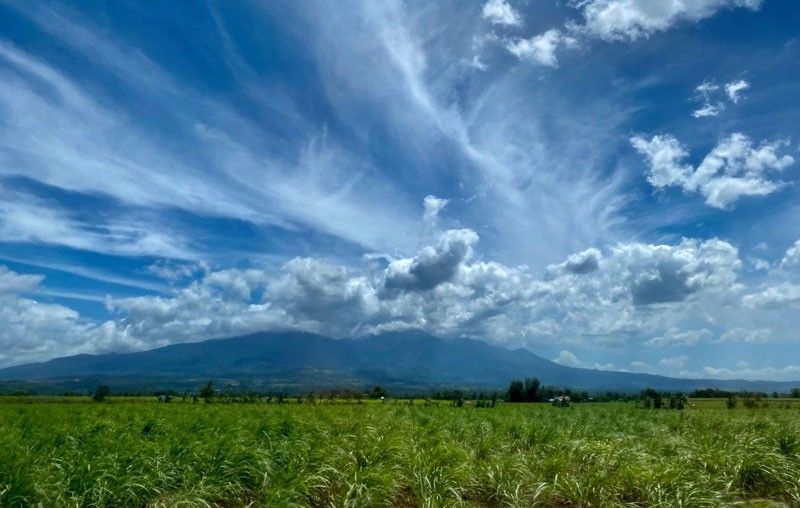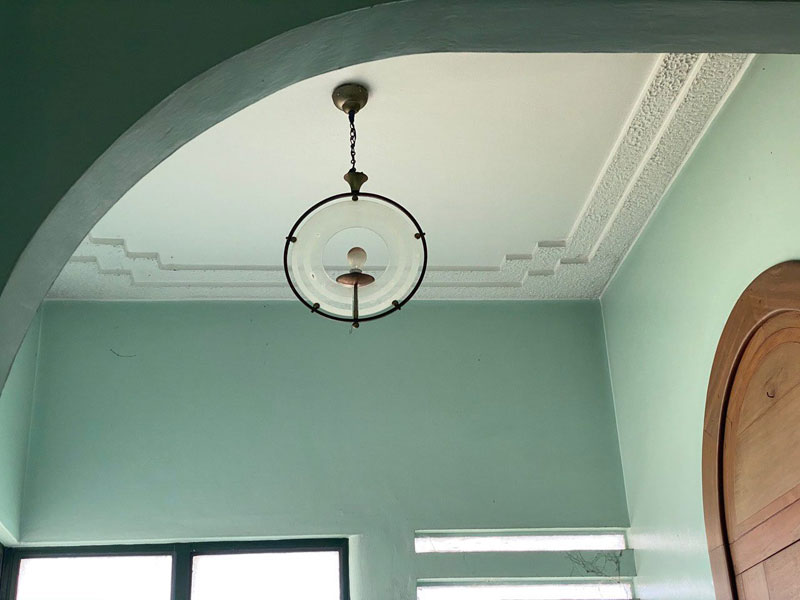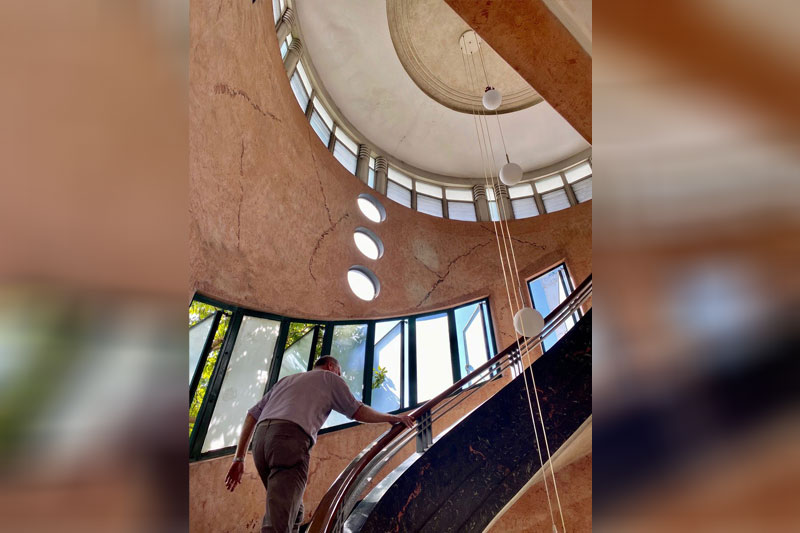Southern Gothic in Sugarlandia

The last time I visited Bacolod was more than a decade ago, when I was writing the centennial history of the De La Salle Brothers in the Philippines and had to look into their work in that southern city, an enterprise that began in 1952. Before that I had made occasional sorties to it, on short ferry rides from Iloilo and once, memorably, on a long pre-martial law ride across the mountains to Dumaguete with a busload of fellow activists, expecting to be stopped any minute by the paramilitary forces then lording it over the countryside.
Last week I returned on a far more civil mission, on research for another book I’m writing on a sometime icon of the sugar industry. That part of it was interesting enough — interviews with history’s participants and witnesses can be exhausting (especially in the transcription) but always fascinating for me — but as often happens on these out-of-town excursions, the sidelights proved no less engrossing.
Bacolod and its environs, of course, have always offered stellar attractions for visitors and tourists, and indeed my wife Beng and her high-school barkada of four lovely ladies were flying into town with me on their own itinerary. I was there for work, but the women had booked a day tour of the fabled old houses of nearby Silay. (You can find these heritage tours on Klook, among other places online.)

While Beng’s party enjoyed Silay’s architectural treasures — among them Balay Negrense and the Ramon Hofileña ancestral home — I was many kilometers away in Bago City, treading carefully on the crumbling ruins of the Ma-ao sugar central. Opened in 1919 on a 56-hectare estate, the central was typical of the enterprise that turned Negros into Sugarlandia, creating fabulous wealth for an elite that held sway over the region’s history and politics over much of the 20th century. Over my three days in Bacolod I would learn more than I ever imagined I could know about sugar, its production, and, inescapably, the society it fed and bred.
Indeed, from the airport in Silay on to the fringes of the city, the landscape is dominated by swaths of sugarcane greening at the foot of Mts. Mandalagan and Kanlaon, broken only by the occasional mall or hardware store, the signposts of the new commerce. “This is the best land for sugar in the province right here,” said my guide and driver, “and it’s owned by the Lacson family. There are two main streets in Bacolod, named after two generals of the Revolution: Juan Araneta and Aniceto Lacson, who forced the surrender of the Spanish forces through a clever ruse. They had nipa palms cut to resemble guns from a distance, and the Spanish general surrendered to avoid what he thought would be a bloodbath.”
Such stories roll easily off the Negrense tongue, on this land watered by blood and champagne. As we drove on the highway, I recalled a passage in a biography of Rafael Salas — another native son, from Bago — that I had co-written last year with Menchu Sarmiento, about the horrific murder in 1951 of Moises Padilla, who had found the gall to run for mayor against the local kingpin: “They toured from town to town beating and torturing Padilla, displaying him in a public square while one of the boys announced: ‘Here is what happens to people who oppose us.’” At the same time, I couldn’t help recalling the story of that period’s loveliest and yet also saddest bride, the legendary Susan Magalona, at whose star-crossed wedding it was reported that champagne flowed from a fountain. (Millennials who’ve never heard of this story would do well to Google it, if only to learn something about the virtues of “non-consummation”.)
In American literature, which I used to teach, these bizarre but also compelling comminglings of decay and grotesquerie on the one hand and beauty and the fantastic on the other took on the label of “Southern gothic,” a genre with such writers as William Faulkner, Flannery O’Connor, and Carson McCullers among its avatars. Somehow I felt that I was in its presence here, too, in the rusted machinery and the tall grasses, out of which you half-expected some apparition in gauzy white to emerge. In the very middle of Lopez Jaena Street stands perhaps the quaintest cemetery in the country: the mausoleum of the Luzuriagas, where the traffic of life, you might say, comes to a perfect standstill.

Inevitably I would hear a story about ghosts, in a place that would have been incomplete without them: the celebrated Daku Balay (“Big House”), Bacolod’s first and largest Art Deco mansion built on Burgos Street by Don Generoso Villanueva in 1936. We were lucky to get a private tour of this exquisitely sculpted home, thanks to our friend the American writer Craig Scharlin and his wife Lilia Villanueva, Don Generoso’s granddaughter, who have taken it upon themselves to preserve it for posterity. Craig told me how visitors who had strayed into the upper floors had found themselves being escorted by a charming couple — none other than the long-departed don and his wife Paz.
These specters were, at least, benign, and if I had lived in Daku Balay, with its helical staircase, nautical motifs, and Scagliola floors, I would have wished to inhabit it forever.
* * *
Email me at jose@dalisay.ph and visit my blog at www.penmanila.ph.



















